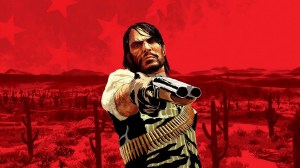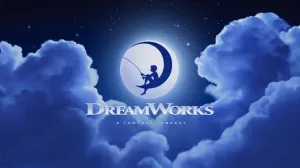The creators of Lost have always been very vocal about the fact that the life and works of legendary horror writer Stephen King inspired many aspects of the iconic sci-fi mystery series. Under the creative supervision of J. J. Abrams and Damon Lindelof, Lost became one of the most successful TV shows in history over the course of its six seasons. The show’s immense mythology, real-world references, and detailed Easter eggs made it a treasure trove of mystery and suspense, and the subject of a lot of these references was, interestingly, Stephen King.
Videos by ComicBook.com
Dubbed the “King of Horror,” Stephen King has become one of the most influential and significant authors in history since his 1974 debut, Carrie. As a pioneer of the horror, mystery, fantasy, and supernatural fiction genres, it’s no surprise that King had such an impact on the development of Lost. The show’s creators included many references to Stephen King’s work in Lost, some of which were overt, and King, in kind, repeatedly expressed his admiration for the show, and this symbiotic relationship may have been a huge benefit to Lost’s overall success.
15) Several Characters in Lost Pay Homage to Stephen King’s The Stand

As part of the DVD release of Lost Season 2, a featurette revealed series creators Abrams, Lindelof, and Carlton Cuse confirm that brainstorm sessions for new episodes were “never without a copy of The Stand.” “We acknowledge [The Stand] as kind of a way you can tell a long, sprawling, character-based story,” explained Cuse in 2006. Published in 1978, King’s The Stand saw strangers come together to form a new society after a deadly pandemic. King used archetypal characters who inspired many of Lost’s characters, while vivid dreams and visions are also prominent in both.
14) Ben Linus is Given the Choice Between Dostoyevsky and King
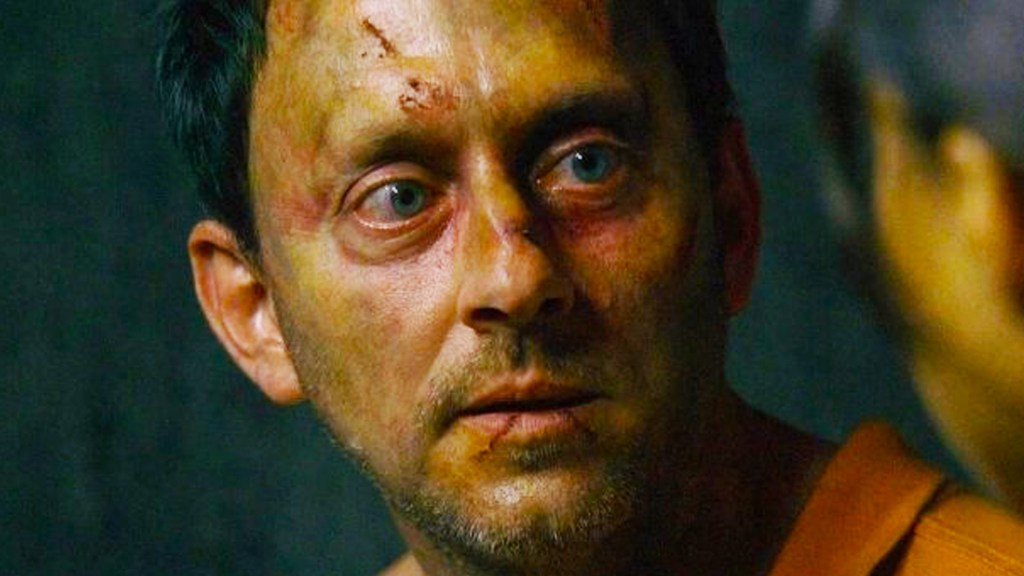
The leader of the Others, Benjamin Linus (Michael Emerson), was introduced to Lost in Season 2, Episode 14, “One of Them.” When he first appeared, he tried to fool the survivors into thinking he was the innocent traveler Henry Gale, but, wary, they kept him imprisoned in the Swan Station’s armory. There, Locke (Terry O’Quinn) took care of him, giving him food and books to read, including Dostoyevsky’s The Brothers Karamazov. Linus asks if there’s anything written by Stephen King available instead, providing the series’ first direct mention of the author.
13) Juliet Chooses Carrie for the Others’ Book Club

Ben Linus’ affinity for Stephen King was explained further in Lost Season 3’s premiere, “A Tale of Two Cities,” which opened with a flashback to the day of Oceanic 815’s crash, told from the perspective of the Others. That morning, the Others had their book club meeting, where Juliet (Elizabeth Mitchell) chose Stephen King’s Carrie for the group to read, much to the displeasure of both Adam (Stephen Semel) and Linus himself, who claimed that he found it “depressing.”
12) Hearts in Atlantis Is in Jack’s Office in One of His Flashbacks

As well as featuring Carrie, “A Tale of Two Cities” also references Stephen King’s 1999 collection of novellas and short stories, Hearts in Atlantis. The collection appears in Jack’s (Matthew Fox) office during a flashback in which he suspects his wife, Sarah (Julie Bowen), of having an affair. Hearts in Atlantis examines King’s perspective on the Baby Boomer generation struggling to live up to its promises, which has special significance for Jack, who always felt as though he failed to live up to standards set by his father, Christian Shephard (John Terry).
11) Trisha’s God of the Lost in The Girl Who Loved Tom Gordon Is Reminiscent of the Smoke Monster

On her journey through the woods after becoming lost in 1999’s The Girl Who Loved Tom Gordon, Trisha, becoming delirious, begins to imagine she’s headed for a confrontation with the enigmatic God of the Lost. She imagines this being takes the form of a bear that she fights off. This draws resemblance to the existence of Lost’s Smoke Monster, perhaps a king of god on the mysterious island that is able to take the form of different people and creatures. Polar bears are also a regular fixture in the forests of Lost’s island.
10) The Dark Tower‘s Nozz-A-La Cola Sponsors Henry Gale’s Balloon

Nozz-A-La Cola is a fictional brand of root beer-like soda that Stephen King introduced in the Dark Tower book series. The brand also makes a cameo appearance in Lost Season 2, Episode 17, “Lockdown,” as Henry Gale’s balloon had been sponsored by the soda. This was a blink-and-you’ll-miss-it appearance from the Nozz-A-La Cola logo, but a fun reference to King nevertheless.
9) Jack’s Flashforward Newspaper Also References The Dark Tower
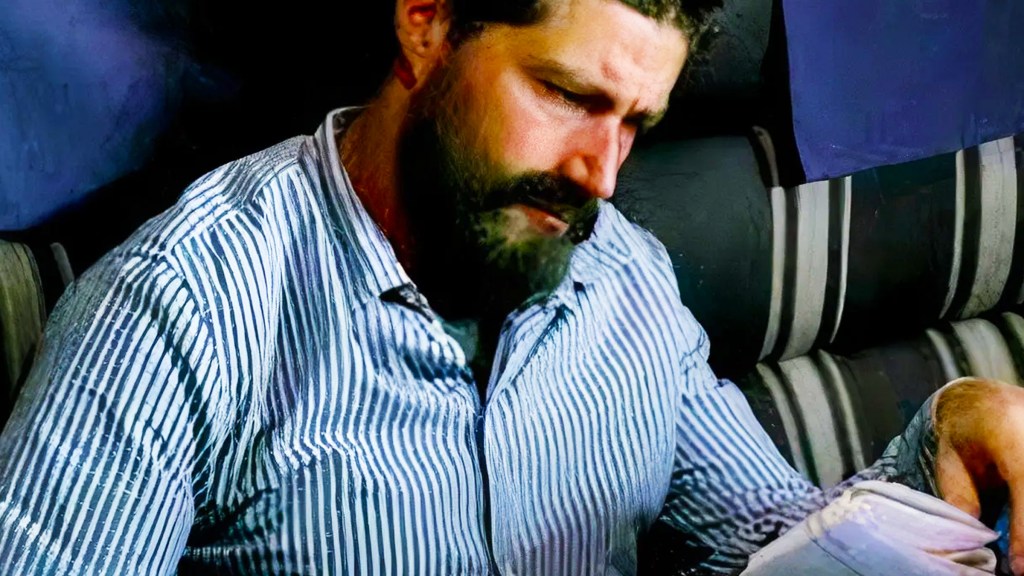
Nozz-A-La Cola wasn’t the only reference to the Dark Tower series included in Lost. There were many others. One was featured in Lost Season 3’s finale, “Through the Looking Glass,” as Jack read a newspaper in the series’ first flashforward that contains the words “Ted,” “the Tower,” and “beam.” Ted Brautigan appears in The Dark Tower’s later books, while the tower itself, held together with beams, is a point where all times and worlds converge, perhaps an allegory for Lost’s own island. Season 3’s double-finale also culminates in the survivors reaching the island’s radio tower, possibly another reference.
8) Desmond’s Visions Are Just Like Johnny Smith’s from The Dead Zone
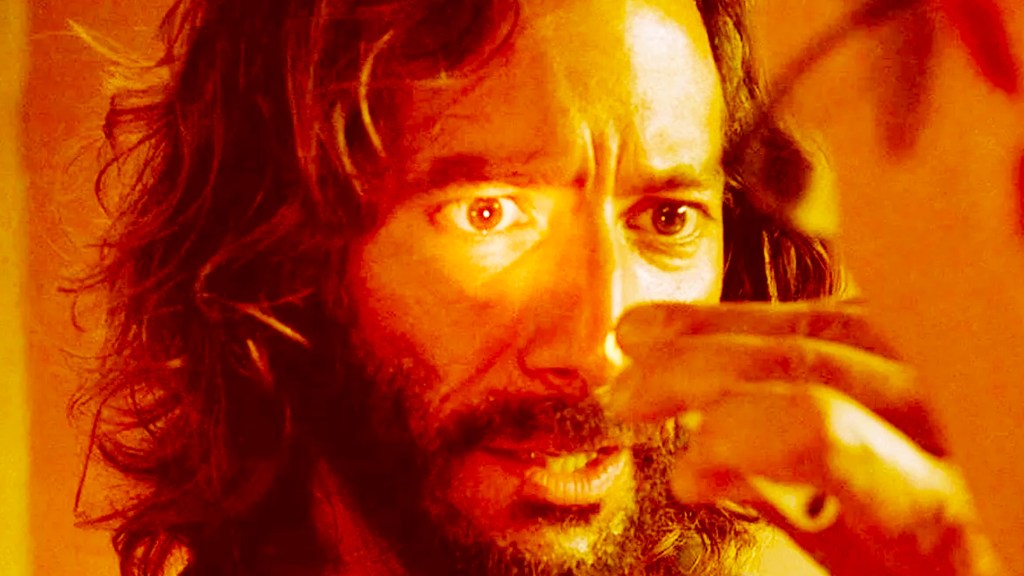
Following the implosion of the Swan Station, Desmond Hume (Henry Ian Cusick) woke up naked in the jungle with some sort of brain damage that dislodged him in time. This allowed him to experience flashes of the future, but these visions all featured the demise of fan-favorite Charlie Pace (Dominic Monaghan), who Desmond repeatedly tried to save. Desmond’s brain damage and visions are reminiscent of those experienced by Johnny Smith in Stephen King’s 1979 novel, The Dead Zone, as Smith also gains precognitive abilities after suffering brain damage following a coma.
7) Locke’s Hatch Obsessions is Reminiscent of The Tommyknockers
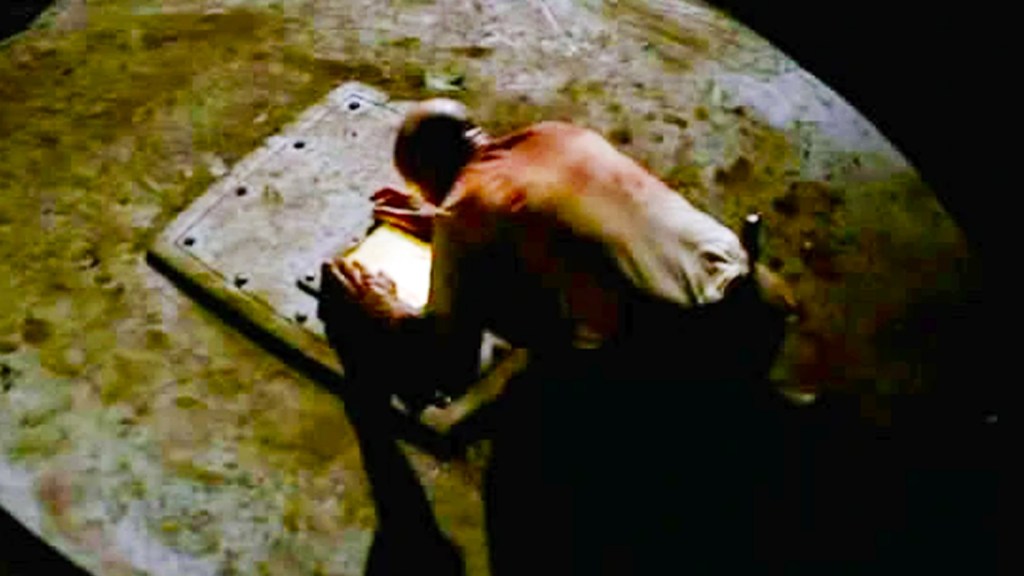
1987’s The Tommyknockers was the first foray into the world of science fiction for Stephen King, which brings it closer into the realm of Lost. It features the residents of a small town in Maine who all gradually fall under the influence of a mysterious object buried in the woods, which turns out to be a part of a long-buried alien spacecraft. In Lost, Locke takes on the role of the residents of Haven, as he becomes increasingly obsessed with uncovering and opening the hatch to the Swan Station, which is similarly buried in the woods, throughout Lost’s debut season.
6) Across the Sea‘s Turtle References Several Stephen King Stories
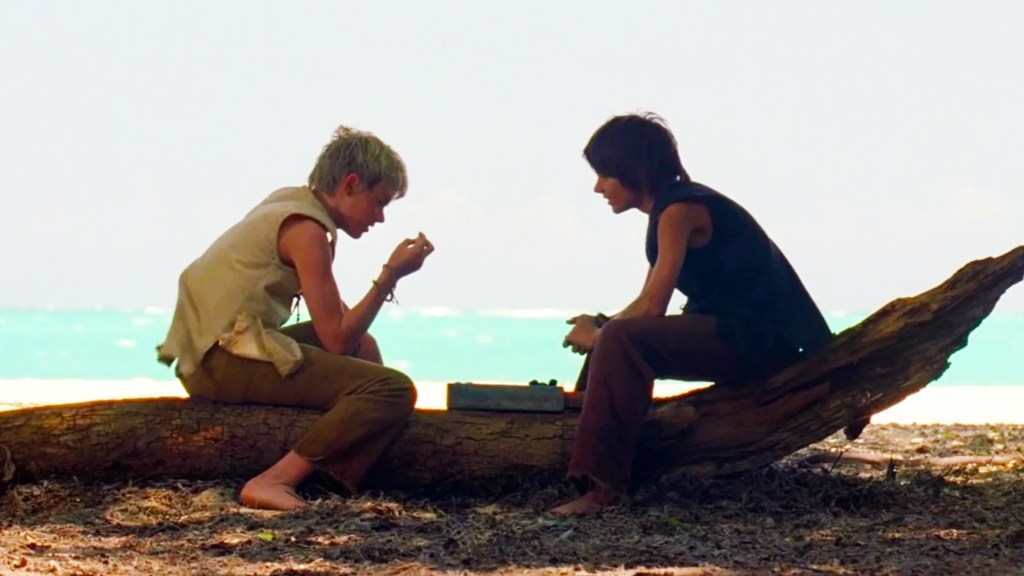
We had to wait until almost the very end of the series to learn about the history of the island’s mysterious protector, Jacob (Kenton Duty and Mark Pellegrino). Lost Season 6, episode 15, “Across the Sea,” detailed Jacob’s childhood with his brother, the Boy/Man in Black (Ryan Bradford and Titus Welliver). One scene saw them playing their made-up game on the island’s beach, where a turtle also made an appearance. Lost’s creators have confirmed this was a very subtle nod to King, as turtles are a prominent theme in The Dark Tower and IT.
5) The Man in Black Changes His Shape Just Like Pennywise
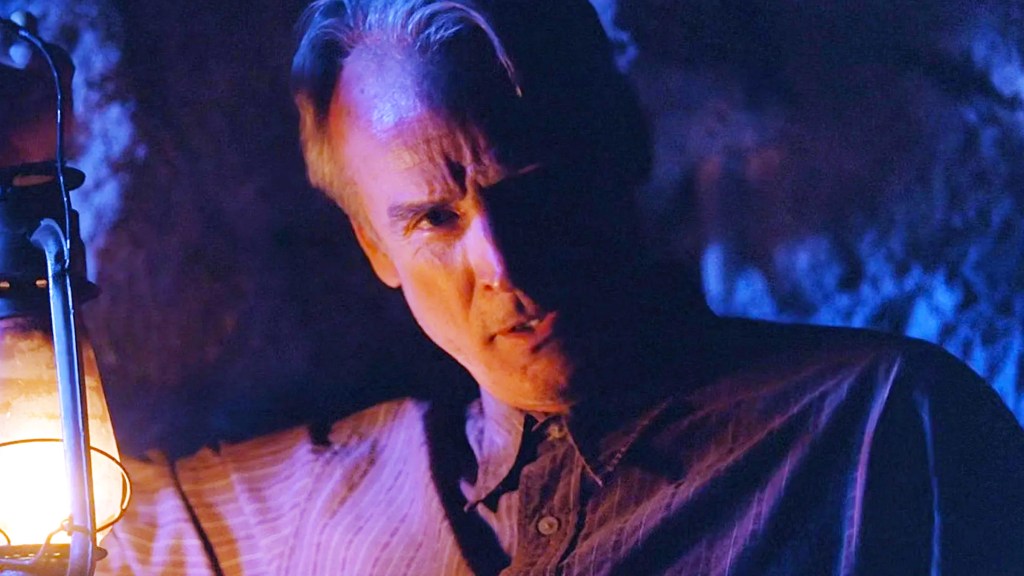
While it wasn’t until late on where audiences met the Man in Black in Lost, he’d actually been around since the beginning. The Man in Black, as well as being able to swap between human and smoke form, could also disguise himself as any other human or animal he so desired, including Christian Shephard, Yemi, Alex Rousseau, and John Locke, the latter being the form in which died. His ability to change his form may have been inspired by It, aka Pennywise, the trans-dimensional, malevolent being in Stephen King’s 1986 novel, IT, who changes its shape to hunt its victims.
4) Ben’s Rabbit References Stephen King’s 2000 Memoir

Ben Linus’ white rabbit, painted with the letter 8, in Lost Season 3, Episode 4, “Every Man for Himself,” referenced Stephen King’s 2000 memoir, On Writing: A Memoir of the Craft. In the memoir, King asks readers to carry out an exercise: imagine a rabbit in a cage with “8” written on its back – the reader and writer will naturally imagine different rabbits, but both will see the number 8. In Lost, the rabbit was seemingly killed by Ben Linus to demonstrate the limits of Sawyer’s (Josh Holloway) fake explosive pacemaker, showing how different people see the same situation uniquely.
3) Michael Could Have Cabin Fever Like Nicholson

Lost Season 4 brought Michael Dawson (Harold Perrineau) back to the series under the alias Kevin Johnson, recruited to board Charles Widmore’s freighter and destroy it at the right moment. Prior to reaching the island in Season 4, Episode 8, “Meet Kevin Johnson,” Michael meets his shipmates, including George Minkowski (Fisher Stevens), who, after finding Michael bouncing a ball repetitively against a wall, suggests he might have cabin fever like Nicholson. This referred to Jack Nicholson, who starred as Jack Torrance in The Shining, the adaptation of King’s 1977 novel which saw Torrance lose his mind at the Overlook Hotel.
2) Sawyer Repeatedly Calls Jack “Hoss”

Perhaps the longest-running reference to Stephen King in Lost was Sawyer’s use of the nickname “Hoss” for Jack. James “Sawyer” Ford gave every character a nickname, but his use of “Hoss” for Jack may have been a term of endearment. While the nickname may have referenced the gentle Eric “Hoss” Cartwright from classic Western series Bonanza, which Sawyer surely watched, the name is also frequently used by malicious nursing home employee Brad Dolan in Stephen King’s 1996 novel, The Green Mile. Sawyer began as a malicious character just like Dolan, which made his redemption arc even more satisfying.
1) The Man in Black is a Prominent Figure in Lost & King’s Work
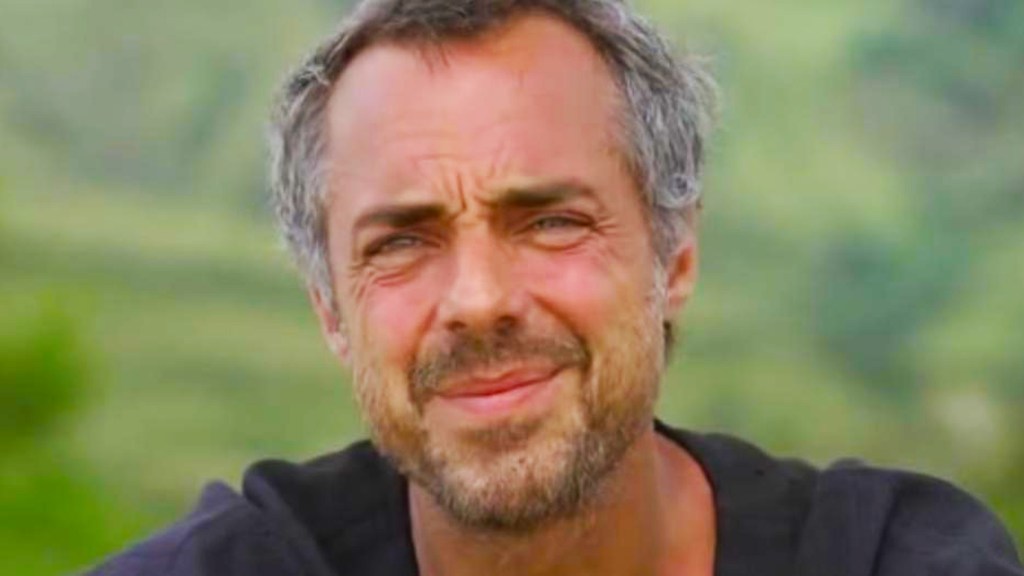
One of the clearest references to Stephen King’s work in Lost is the existence of the Man in Black, the nameless brother of Jacob who was also revealed to be the Smoke Monster’s original human form. While the Man in Black plays a key role as a formidable antagonist in Lost, characters of the same name also appear in several of King’s stories as the alias of the villainous Randall Flagg. Flagg appears in various forms in at least nine of King’s works, including The Stand, The Dark Tower, Hearts in Atlantis, and more.
Flagg’s supernatural abilities, including necromancy, prophecy, and influence over humans clearly inspired Lost’s Man in Black, who also has these powers. The pair also share a goal to bring down civilizations through destructive means, with Flagg wanting to claim the Dark Tower to become a god, while Lost’s Man in Black wants to remove the Heart of the Island so that he can leave. The similarities are endless, so this was a clear inspiration and connection between Stephen King’s work and one of Lost’s greatest mysteries.
What are your favorite Stephen King references in Lost? Let us know in the comments!

